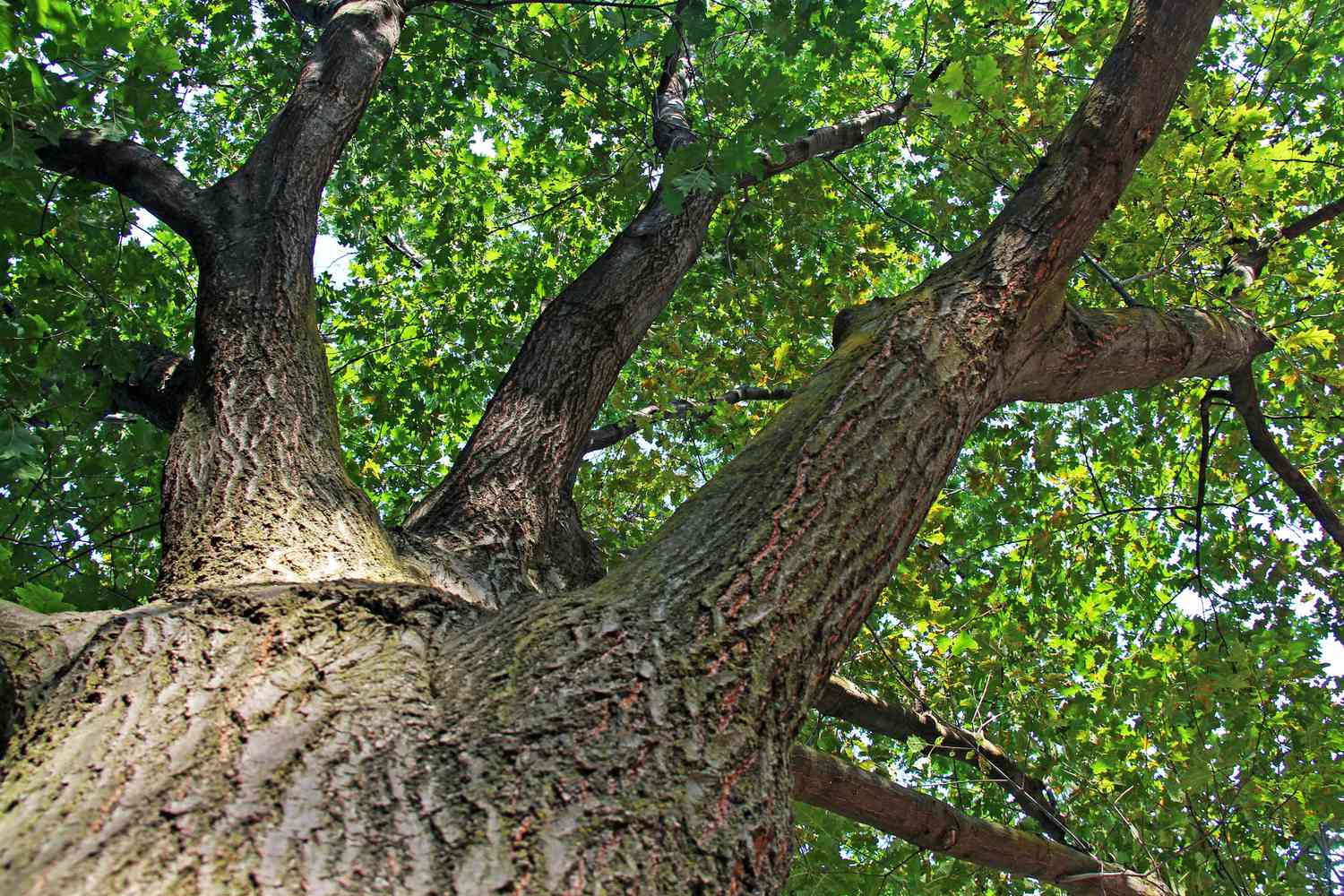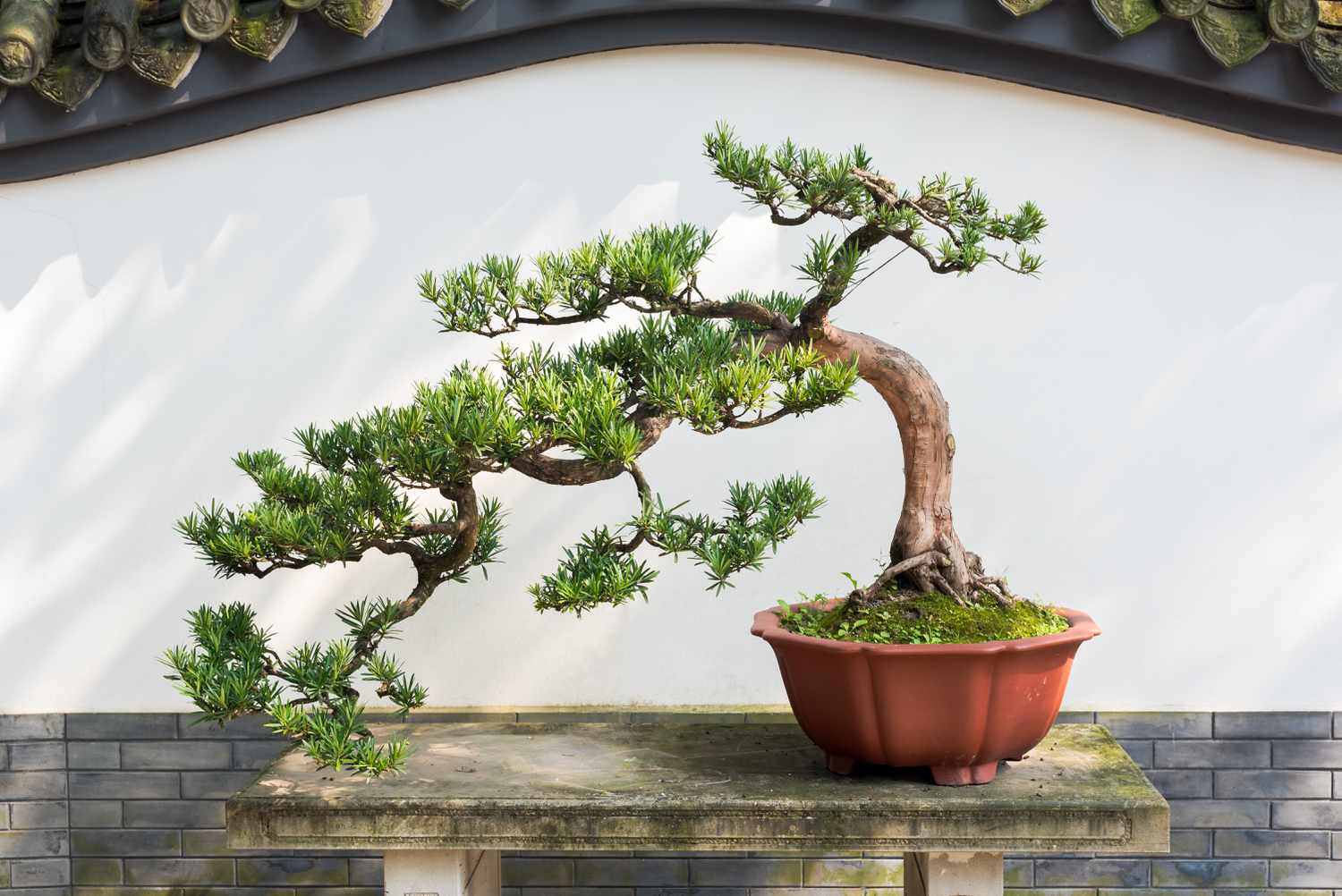Home>Gardening News and Trends>Latest News>Where Does The Bonsai Tree Come From


Latest News
Where Does The Bonsai Tree Come From
Published: January 17, 2024
Discover the origins of the bonsai tree and stay updated with the latest news. Uncover the history and cultivation practices of this ancient art form.
(Many of the links in this article redirect to a specific reviewed product. Your purchase of these products through affiliate links helps to generate commission for Chicagolandgardening.com, at no extra cost. Learn more)
Table of Contents
Introduction
Introduction
Bonsai, the art of growing miniature trees in containers, has captivated people around the world with its exquisite beauty and profound symbolism. This ancient practice traces its roots back to the rich traditions of East Asia, where it has flourished for centuries. The allure of bonsai lies not only in its aesthetic appeal but also in the deep cultural and spiritual significance it embodies. As we delve into the history, origins, and modern practices of bonsai, we will uncover the fascinating journey of this art form and its enduring impact on diverse cultures.
The art of bonsai is a testament to the harmonious coexistence of humanity and nature, encapsulating the essence of tranquility and balance. Through meticulous care and cultivation, individuals have transformed ordinary trees into living works of art, each bearing a unique story within its delicate branches. The allure of bonsai transcends mere horticulture; it represents a profound connection to the natural world and a reverence for the passage of time.
As we embark on this exploration of bonsai, we will unravel the intricate tapestry of its history, discover its origins, and delve into its significance across various cultures. From the ancient practices of East Asia to the modern interpretations embraced worldwide, the art of bonsai continues to inspire awe and reverence, inviting us to contemplate the beauty and resilience of nature in a miniature yet magnificent form.
History of Bonsai
History of Bonsai
The history of bonsai is a captivating journey that intertwines with the cultural tapestry of ancient civilizations. Originating in China over a thousand years ago, bonsai, known as “penjing,” was revered as a symbol of harmony and balance with nature. The Chinese art of penjing involved creating miniature landscapes, encompassing both trees and rock formations, to evoke the essence of natural scenery within a confined space.
During the Kamakura period in Japan (12th-14th centuries), the practice of cultivating bonsai, termed “bonsai,” gained momentum as an art form. Influenced by Chinese penjing, Japanese monks and scholars refined the techniques of bonsai cultivation, infusing it with spiritual and philosophical significance. Bonsai became intricately linked with Zen Buddhism, embodying the principles of simplicity, patience, and contemplation.
Throughout its evolution, bonsai has weathered periods of flourishing creativity and times of political upheaval. The Edo period (17th-19th centuries) marked a golden age for bonsai, as it gained popularity among the Japanese elite and samurai class. Bonsai masters honed their skills and developed distinct styles, such as the formal upright (Chokkan) and slanting (Shakan) styles, which endure as classic forms of bonsai expression.
Amidst the social transformations of the Meiji era, bonsai faced challenges as traditional practices clashed with modernization. However, dedicated practitioners preserved the art, and its resilience shone through, leading to a resurgence in the 20th century. Bonsai enthusiasts across the globe embraced the art, adapting techniques to suit diverse climates and cultivating a global community bound by a shared passion for these miniature marvels.
The history of bonsai is a testament to the enduring legacy of ancient wisdom and the timeless allure of nature’s magnificence captured in miniature form. From its origins in China to its revered status in Japan and its global embrace, the art of bonsai continues to enchant and inspire, inviting us to cherish the beauty of nature in a diminutive yet profound embodiment.
Origins of Bonsai
The origins of bonsai can be traced back to ancient China, where the practice of cultivating miniature trees and landscapes, known as “penjing,” flourished as early as the Tang dynasty (618-907 AD). The concept of penjing encompassed not only the art of growing dwarfed trees but also the creation of entire miniature landscapes, reflecting the profound connection between humanity and the natural world.
Chinese scholars and artists sought to capture the essence of nature within confined spaces, using carefully pruned trees, rocks, and other elements to evoke the grandeur of the natural landscape. The meticulous cultivation of penjing reflected the Chinese reverence for harmony and balance, with each composition embodying the timeless principles of Taoism and Confucianism.
As the practice of penjing flourished in China, it found its way to Japan, where it evolved into the art form known as bonsai. Influenced by Chinese penjing, Japanese monks and scholars embraced the cultivation of miniature trees, infusing the art with their unique aesthetic sensibilities and spiritual philosophies. Bonsai, which translates to “planted in a container,” became deeply intertwined with Zen Buddhism, embodying the principles of simplicity, patience, and contemplation.
While the origins of bonsai lie in East Asia, the art form transcended geographical boundaries, captivating enthusiasts across the globe. The principles and techniques of bonsai cultivation spread to diverse cultures, each imbuing the art with its unique traditions and interpretations. Today, bonsai stands as a testament to the enduring legacy of ancient wisdom and the universal allure of nature’s timeless beauty.
Bonsai in Different Cultures
Bonsai’s journey across different cultures has led to diverse interpretations and practices, each reflecting the unique traditions and values of its adoptive societies. In Japan, the art of bonsai holds deep cultural significance, embodying principles of harmony, respect for nature, and the passage of time. The Japanese have developed distinct styles and techniques, such as the formal upright (Chokkan) and slanting (Shakan) styles, which showcase their meticulous approach to bonsai cultivation.
In China, the tradition of penjing continues to thrive, with a focus on creating miniature landscapes that capture the spirit of natural scenery. Chinese penjing emphasizes the harmonious balance between elements and the expression of philosophical concepts through carefully composed arrangements of trees and rocks.
Across the globe, bonsai has found enthusiasts who have embraced the art form and adapted it to suit their local climates and cultural sensibilities. In the West, bonsai has evolved into a fusion of traditional techniques and contemporary expressions, reflecting a blend of artistic innovation and reverence for the ancient craft.
Furthermore, bonsai has made its mark in popular culture, inspiring art forms, literature, and even popular media. Its enduring appeal has permeated diverse creative outlets, serving as a symbol of patience, resilience, and the profound beauty found in simplicity.
As bonsai continues to transcend cultural boundaries, it serves as a unifying force, bridging diverse traditions and fostering a global community of enthusiasts who share a deep appreciation for the art’s timeless elegance and the enduring wisdom it embodies.
Modern Bonsai Practices
In the modern era, bonsai cultivation has evolved to encompass a global community of practitioners who honor traditional techniques while embracing innovative approaches to the art form. With the advent of technology and the exchange of knowledge across borders, bonsai enthusiasts have access to a wealth of resources and insights, enabling them to refine their skills and expand the horizons of bonsai cultivation.
Contemporary bonsai practices reflect a harmonious blend of tradition and experimentation, as enthusiasts seek to adapt ancient techniques to suit diverse climates and environments. From the meticulous training of tree specimens to the creative exploration of new styles and forms, modern bonsai practitioners exhibit a deep reverence for the art’s heritage while infusing it with their unique artistic expressions.
Moreover, the accessibility of information and the proliferation of bonsai communities have fostered a spirit of collaboration and learning, enabling enthusiasts to exchange ideas, techniques, and experiences. This collective engagement has enriched the practice of bonsai, inspiring continuous innovation and the preservation of time-honored traditions.
Furthermore, the art of bonsai has found resonance in sustainability movements, with practitioners advocating for environmentally conscious approaches to cultivation. By promoting the use of native species, sustainable growing practices, and eco-friendly materials, modern bonsai enthusiasts are embracing the ethos of preserving and nurturing the natural world through their art.
As bonsai continues to captivate new generations, it serves as a living testament to the enduring beauty of nature and the timeless wisdom encapsulated within its miniature forms. The evolution of modern bonsai practices reflects a profound commitment to honoring tradition while embracing the boundless creativity and innovation that propel this ancient art into the future.
Conclusion
The art of bonsai, with its rich history, diverse cultural influences, and modern practices, stands as a testament to the enduring allure of nature’s timeless beauty captured in miniature form. From its origins in ancient China to its revered status in Japan and its global embrace, bonsai has transcended geographical boundaries, captivating enthusiasts across the world. The journey of bonsai reflects the harmonious coexistence of tradition and innovation, as practitioners honor ancient techniques while embracing contemporary expressions.
Throughout history, bonsai has embodied profound cultural and spiritual significance, symbolizing harmony, balance, and the interconnectedness of humanity and the natural world. Its evolution from the ancient practice of penjing to the refined art of bonsai in Japan has showcased the art’s adaptability and enduring appeal. As bonsai continues to thrive in diverse cultures, it serves as a unifying force, bridging traditions and fostering a global community bound by a shared reverence for nature’s elegance.
Modern bonsai practices reflect a harmonious blend of tradition and experimentation, as enthusiasts adapt ancient techniques to suit diverse climates and environments. The art form has found resonance in sustainability movements, with practitioners advocating for environmentally conscious approaches to cultivation, fostering a profound commitment to preserving and nurturing the natural world through their art.
As bonsai continues to captivate new generations, it invites us to contemplate the beauty and resilience of nature in a diminutive yet profound embodiment. Its enduring legacy serves as a reminder of the timeless wisdom encapsulated within its delicate branches, inspiring awe and reverence for the intricacies of the natural world. The art of bonsai endures as a living testament to the enduring beauty of nature and the boundless creativity and innovation that propel this ancient art into the future.




